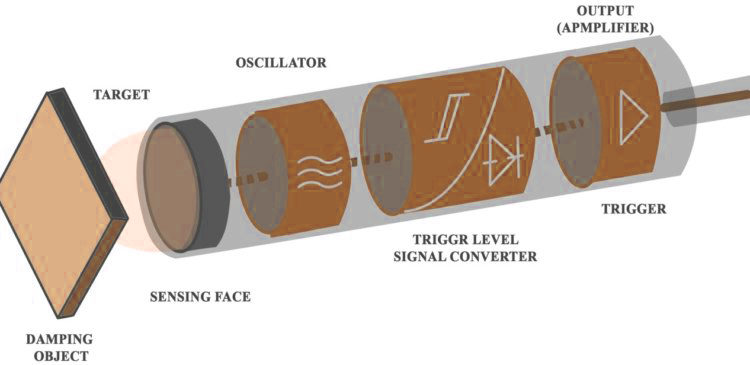Inductive Proximity Sensors

The proximity sensor is commonly used in many automation applications and is used to detect the presence of an object. Common proximity sensors include optical, capacitive, and inductive sensors, but inductive sensors operate on the basis of Faraday’s law. You don’t have to touch the target object, which is why they are often called “non-contact” sensors.
One way to explain Faraday’s law is that electromagnetic fields trigger eddy currents in nearby metallic objects. Inductive proximity sensors apply the principle that the sensor itself contains a change in the magnetic flux between wires or coils, which induces a voltage in a nearby coil. These vortices of current have the effect of damping the vibration of the amplifier, and this vibration reduction registers the presence of a metallic object.
The key is to understand what kind of impurities your application contains in order to select the right sensor type that can handle and work with them effectively. For example, there is no direct connection between the detected object and the magnetic field in the sensor itself. Inductive detection cannot be affected if you only deal with the presence of a single object, such as a metal object. However, different types of metal objects (e.g. metals, glass, or other metals) will affect the operation of the sensors.
However, different metals have different inductive properties: ferromagnetic materials such as steel have a long sensor distance, while other metals (e.g. iron, copper, nickel, aluminum, etc.) have much shorter sensor distances. Inductive sensors can only be used for metallic objects that have inductive properties. However, due to the type of metal detected, they must be detected at a much greater distance from the sensor than other metals.
Inductive proximity sensors are suitable for applications at short distances, as the inductive effect decreases when an increasing distance from the object is detected.
